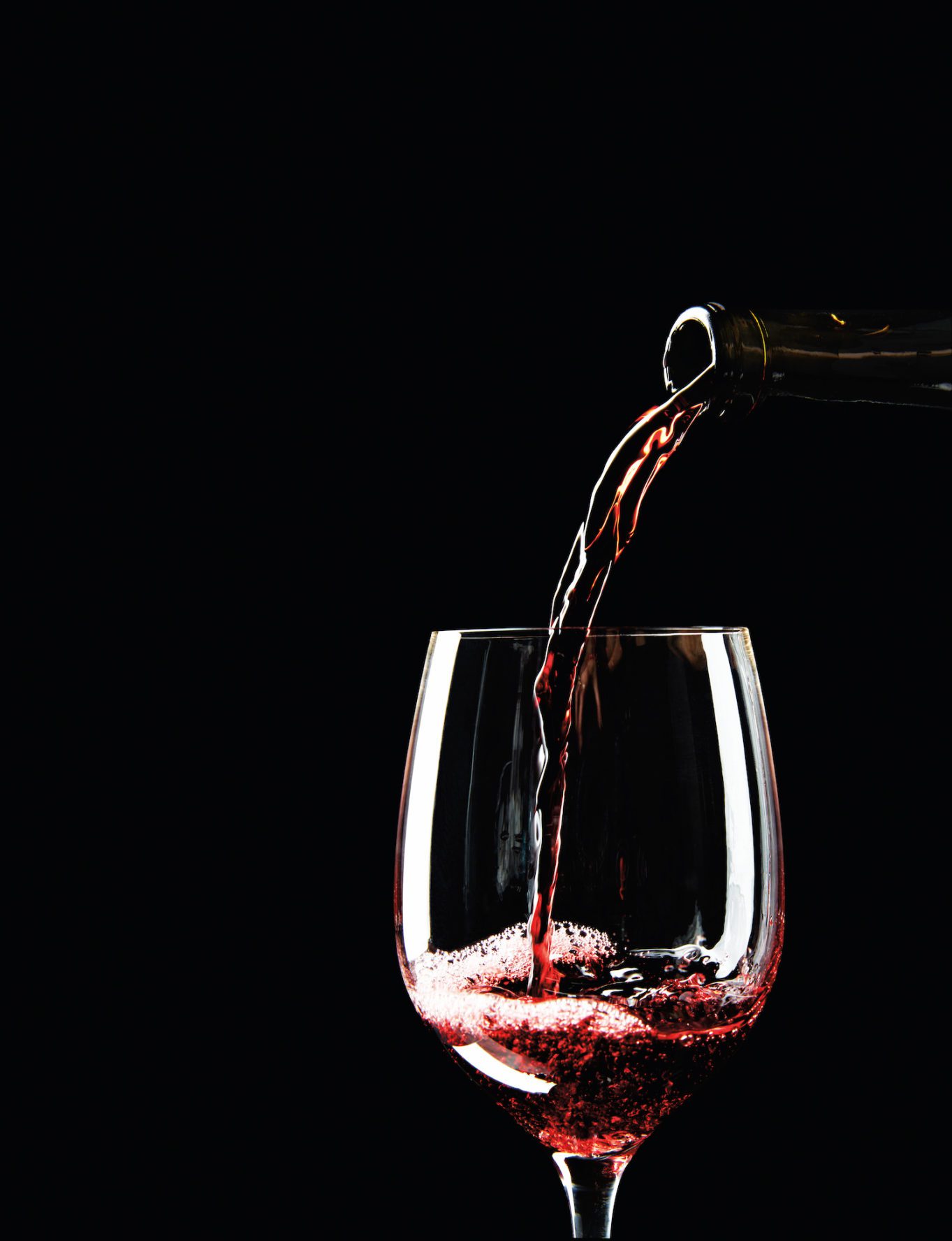Why Drinking Spanish (Wine) is FLY

Even if you don’t have a drop of wine knowledge, choosing a great Spanish bottle is easier than you think. Erika Lenkert tells why.
AS THE WORLD’S SECOND-LARGEST wine producer and a country with a winemaking history dating back to before 1100 BC, Spain has always held a place as one of the globe’s most important wine regions. But more exciting for those who want to skip the schooling and buy wine with confidence is this simple fact: the ever-growing competitive landscape for Spanish wine means you’re going to get a good bottle at a great price no matter which brand you grab off the shelf. Spanish wine imports have seen such a dramatic increase in recent years (11 percent in 2013 alone, according to the Spanish trade commission) that it’s become a buyer’s market. Andy Booth, once a stagiaire at San Sebastian’s Michelin- ranked Arzak restaurant and owner of the four-city specialty shop and online store The Spanish Table, explains: “Ten years ago I had to search for wines. I’d have to track down importers. At this point there are so many available, I have to say no just because of space issues.”
Getting shelf space from retailers like Booth is just one of the hurdles a bottle of Spanish wine has to clear. Long before it hits our shores it has to undergo a wine classification system nearly as strict as that of France. Once a wine ranks, it has to be impressive enough for an importer to champion it, and for a wine distributor—the conduit between the importer and the wine shop—to choose it over its competitors. Only then will it have a chance to be at the mercy of the wine shop’s buyer. In other words, American Idol audition goers have a better chance of getting to the semifinals than a Spanish wine does of having its starring moment at your dinner table.
Ironically, Spanish varietals are one of the wine world’s best mealtime partners because their subtle flavors make them incredibly food-friendly. Whites tend to be bright, crisp, and lower in alcohol content—a boon for those of us who don’t want to start slurring before the main course is served. A red such as Tempranillo (the early-ripening and leading grape in used in wines from the highly celebrated Rioja region) is the easy-drinking stuff often paired with tapas in bars across Spain. Garnacha or Garnatxa, Spanish for Grenache and another grape popular in the Rioja region, produces big, juicy wines fit for hearty meals; and it usually has a paltry price tag of around $11 a bottle. Even Spain’s bubbly, cava, has a lot going for it—usually for fistfuls less than you’ll pay for French or domestic options.
In fact, one of the most delicious things about Spanish wine is its price. Spain’s low labor costs, larger-than-average vineyards, and long history of strict aging classifications make its offerings some of the best values in the wine world. If you ask us, that’s enough incentive to blindly grab a bottle tonight, perhaps to go with the paella on the previous page.
ANDY BOOTH’S WINE RECOMMENDATIONS
(Note: These recommendations are now outdated, so look for more recent vintages when you shop.)
2013 HERÈNCIA ALTÉS GARNATXA BLANCA
Crisp and much leaner than most white Grenache, this refresh- ing white is character- ized by hints of stone fruit, white flowers, and lemon zest. $10
2013 OSTATU BLANCO
A blend of 85% Viura and 15% Malvasia grapes, this crisp, unoaked white Rioja has bright notes of green apple, melon, and citrus. $14
2013 COLUMNA ALBARIÑO
Albariño at this price point is hard to come by and often fairly simple. But this one is quite good, with hints of stone fruit and citrus blossoms and a mineral and lime zest streak on the finish. $15
2012 MONTEBUENA RIOJA
This is a Tempranillo, so you’re going to get a deep ruby color and fruity aromas, with a little spice to it. $12 to $14
2012 HERÈNCIA ALTÉS GARNATXA NEGRA TERRA ALTA
From the Catalonia region, this young, unoaked Grenache aged in concrete barrels became ultra- popular the minute it was deemed an “unreal value” by wine critic Robert Parker. $10 to $12
2012 ADEGA ALGUEIRA MENCIA
Medium bodied, with bright acidity, this wine has completely different qualities than Riojas. Expect brambly fruit and notes of cracked pepper, flowers, and a perfectly contrasting savory saline note. $17
Originally published in 2014
Photo Maren Caruso


2 Comments on “Why Drinking Spanish (Wine) is FLY”
I love your amazing articles. So well written.
Thank you, Krista! Very kind of you to say!